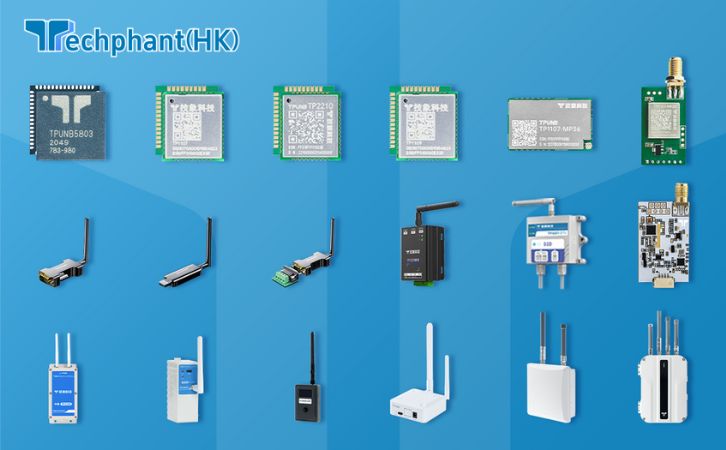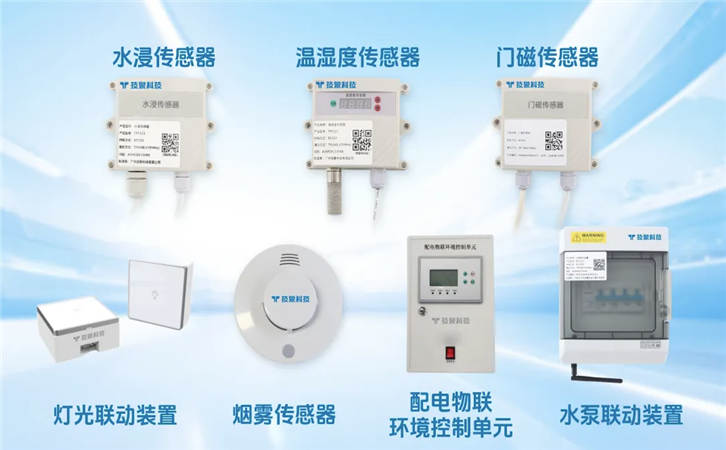I. Understanding Sub-GHz Technology
Sub-GHz technology encompasses wireless communication systems that operate on radio frequencies below 1 gigahertz, typically within the 300 MHz to 960 MHz range. These frequencies are pivotal in the Internet of Things (IoT) landscape due to their ability to facilitate long-range communication while maintaining low power consumption, making them ideal for battery-operated devices deployed over vast areas. Unlike higher-frequency bands, such as the 2.4 GHz used by Wi-Fi and Bluetooth, sub-GHz signals excel in penetrating physical obstacles like walls, buildings, and dense vegetation, ensuring reliable connectivity in challenging environments, such as urban settings or remote rural areas. Common sub-GHz bands include 433 MHz, 868 MHz (Europe), and 915 MHz (North America), with usage governed by regional regulatory frameworks to prevent interference. The technology’s low-bandwidth nature makes it best suited for transmitting small data packets, such as sensor readings or control commands, rather than high-bandwidth applications like video streaming. By offering a balance of range, energy efficiency, and robustness, sub-GHz technology serves as a critical enabler for IoT applications, supporting scalable deployments in smart grids, environmental monitoring, and beyond. This section delves into the fundamentals of sub-GHz communication, its technical advantages, and its role in unlocking long-range IoT connectivity.
II. Sub-GHz Protocols for IoT Connectivity
Sub-GHz protocols are specialized communication frameworks designed to optimize data transmission in low-power, long-range IoT scenarios. This section explores four key protocols—LoRaWAN, Zigbee, Z-Wave, and Sigfox—each tailored to specific IoT requirements. LoRaWAN leverages chirp spread spectrum modulation to achieve ranges exceeding 10 km in rural areas, using a star-of-stars topology where devices communicate through gateways to a central server. Its low power and scalability make it ideal for smart cities and agriculture. Zigbee, a mesh networking protocol, operates in sub-GHz bands (e.g., 915 MHz) in some regions, supporting up to 65,000 devices with ranges of about 100 meters per hop, suitable for home automation and industrial monitoring. Z-Wave, a proprietary protocol for home automation, operates at 908 MHz (U.S.) or 868 MHz (Europe), offering reliable mesh networks for up to 232 devices, commonly used in smart locks and lighting systems. Sigfox, an ultra-narrowband LPWAN protocol, enables minimal data transmission over distances up to 50 km, perfect for low-frequency sensor updates in environmental monitoring. These protocols utilize sub-GHz frequencies to ensure efficient, interference-resistant communication, with selection depending on factors like range, data rate, and network topology. By enabling robust and scalable IoT connectivity, these protocols drive the adoption of sub-GHz technology across diverse applications.
III. Applications of Sub-GHz in IoT Ecosystems
Sub-GHz technology powers a wide array of IoT applications, capitalizing on its long-range and low-power capabilities to address real-world challenges. In smart cities, sub-GHz protocols like LoRaWAN enable connected infrastructure, such as smart streetlights that adjust brightness based on ambient conditions or parking sensors that optimize urban space usage, reducing energy costs and improving efficiency. In agriculture, sub-GHz devices facilitate precision farming by transmitting soil moisture, temperature, and weather data from remote sensors to cloud platforms, enabling farmers to optimize irrigation and crop yields. Smart metering leverages sub-GHz connectivity to monitor electricity, water, or gas consumption in real time, with protocols like Sigfox supporting low-frequency updates from meters over large areas, enhancing utility management and billing accuracy. In industrial IoT, sub-GHz technology supports asset tracking and equipment monitoring, with Zigbee or LoRaWAN networks ensuring reliable communication in factories or across supply chains, minimizing downtime and improving operational efficiency. These applications demonstrate sub-GHz’s ability to deliver cost-effective, scalable solutions in environments where traditional high-frequency technologies fall short. By enabling long-distance data transmission with minimal power requirements, sub-GHz technology is transforming industries and fostering the growth of interconnected ecosystems.
IV. Advantages and Limitations of Sub-GHz Systems
Sub-GHz systems offer distinct advantages that make them a preferred choice for many IoT deployments, but they also face limitations that require careful consideration. Among the advantages, sub-GHz technology provides exceptional energy efficiency, allowing devices like sensors to operate for years on small batteries, which is critical for applications like remote environmental monitoring. Its long-range capabilities, often spanning kilometers, reduce the need for dense network infrastructure, lowering deployment costs in large-scale projects like smart grids. Additionally, sub-GHz bands experience less interference than the crowded 2.4 GHz spectrum, ensuring more reliable communication in noisy environments. However, limitations include low data rates, typically below 50 kbps, which restrict sub-GHz systems to applications with minimal data requirements, excluding high-bandwidth tasks like video streaming. Regional regulatory constraints, such as varying frequency bands and duty cycle limits, complicate global deployments, requiring customized hardware. Interoperability challenges also arise due to the diversity of protocols and proprietary solutions, potentially hindering integration in heterogeneous IoT networks. Despite these drawbacks, ongoing advancements, such as hybrid protocol development and improved standardization, are addressing these issues, ensuring sub-GHz systems remain a vital component of IoT connectivity solutions.
V. Conclusion
Sub-GHz technology stands as a transformative force in the IoT landscape, unlocking long-range, low-power connectivity that powers a diverse range of applications, from smart cities to industrial automation. By leveraging protocols like LoRaWAN, Zigbee, Z-Wave, and Sigfox, sub-GHz systems deliver reliable, interference-resistant communication tailored to the needs of resource-constrained devices and expansive networks. Their ability to support real-world solutions—such as precision agriculture, smart metering, and asset tracking—demonstrates their versatility and impact across industries. While challenges like low data rates, regulatory constraints, and interoperability issues persist, advancements in standardization, hybrid protocols, and network integration are poised to overcome these hurdles. As IoT continues to evolve, sub-GHz technology will remain a cornerstone of scalable, efficient, and sustainable connectivity, driving innovation and enabling a connected world where devices communicate seamlessly over vast distances.


